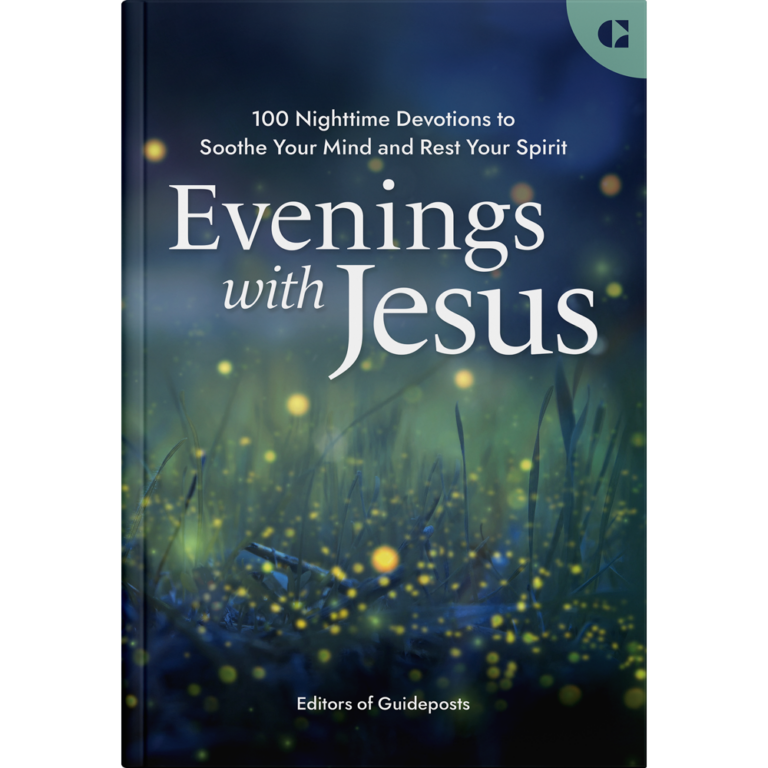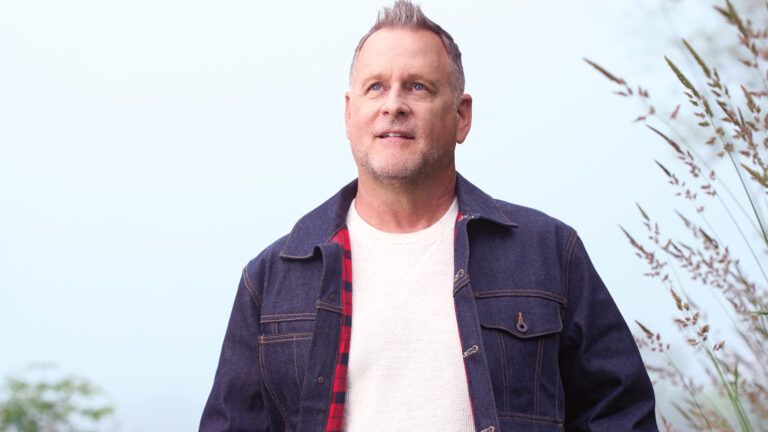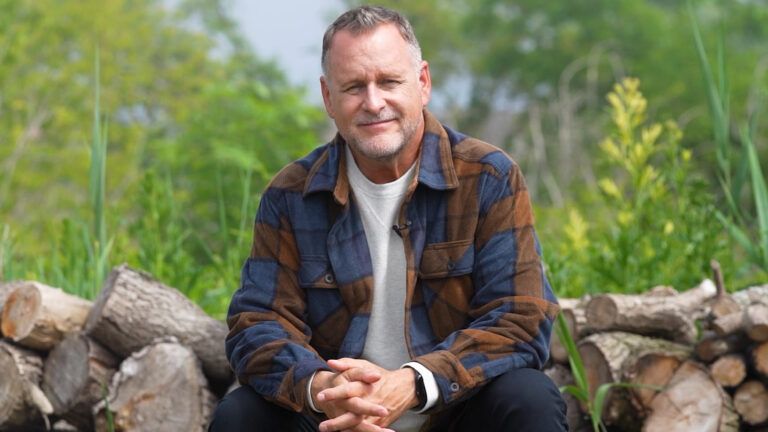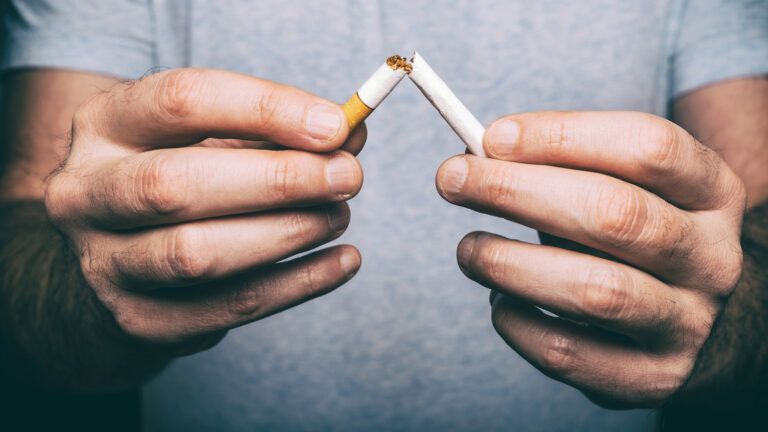“There are only two ways to live,” Albert Einstein said. “One is as though nothing is a miracle. The other is as if everything is.”
I know the truth of Einstein’s words; I have lived both ways. Growing up in Indiana in the 1940s I saw the world with wonder, in the frost on windowpanes, in the winter constellations, in the flowers called four-o’clocks that opened around that hour on summer afternoons. Attending Baptist Bible school, I watched in awe as a young preacher and his wife made miracles come to life, using a brown paper bag over a drinking fountain to reenact Moses’ drawing water from a rock.
As a young writer living in New York City’s Greenwich Village in the 1950s, numbing myself with bourbon and Freud (the former a daily habit and the latter a six-year five-times-a-week psychoanalysis), I saw the world through a darker lens. With sincere, if self-conscious, cynicism, I adopted an Ernest Hemingway character’s prayer of nothingness: Our nada who art in nada. My newfound view of Bible stories was expressed by a pseudo-jaded friend, who had gone to a more enlightened sort of Sunday school, where she was taught scientific explanations of the miracles in the Bible. Just how had Moses led the Israelites across the Red Sea? She explained while exhaling two tusks of cigarette smoke: “Low tide.”
Clearly, I was at low tide myself by 1980. Several years earlier I had left my home in Boston and the woman I had hoped to spend the rest of my life with. I had moved to Hollywood to write an NBC series called “James at 15”. Before that, I had worked as a journalist and author for publications such as The Atlantic Monthly, Esquire, Harper’s Magazine and The Nation. I had had four novels published, and one of them, Starting Over, was made into a movie starring Candice Bergen and Burt Reynolds.
But in southern California, surrounded by palm trees and people whose satisfaction in life was dependent on Nielsen ratings and box office revenues, I felt things falling apart. When “James at 15” was canceled I stayed on in California to struggle at the entertainment business, constantly drinking to soothe the stress.
That created even greater stress and a resting pulse of 120, a condition called tachycardia. I tried to write, but it became impossible. My attention span was getting shorter and my money was getting lower. My life consisted of the nothingness Hemingway’s fictional character discovered. Yet mine was real.
I was a few dreary weeks away from my forty-eighth birthday when I woke up screaming one morning. It was more than a nightmare. Wide awake I got out of bed and screamed some more. In misery and despair I groped among a pile of old books and pulled out a Bible I hadn’t opened since high school, except for research. I turned to the Psalms, that source of comfort and sustenance to people for more than 2000 years, and read aloud the Twenty-third Psalm.
Throughout the weeks ahead I repeated that Psalm again and again. He leadeth me beside the still waters… In the spring of 1980 I got on a plane and returned to Boston, where I went like a homing pigeon to sit on a bench beside the still waters of the pond in the Public Garden.
A new journey for me had begun. I joined a church called King’s Chapel and began attending an adult Bible study. I started a steady program of exercise and a healthy diet. By 1984 I was able to give up the constant drinking that had been my addiction—indeed my very identity. But even more amazing, I became free of the desire to drink. The need that had once consumed me was gone, lifted. One of the definitions of the word miracle is an extraordinary event “considered as a work of God,” and that’s how I felt—and still do—about my release from alcohol. There was no doubt: I had experienced a miracle.
Step by step I continued on my way. My minister, the Reverend Carl Scovel, pointed out that the translation of conversion in both Hebrew and Greek is “turning.” When you turn even slightly you are going a different way, and the farther you go the more distant your old way becomes. Instead of a driven, frantic existence, I was gradually changing my perspective, looking inward and focusing on a healthier and more spiritual way.
At the King’s Chapel parish house I sat with nine others around a table as Carl Scovel led us in a class about writing a spiritual autobiography. Difficult as it was in the beginning, I slowly began to share my most intimate fears and struggles—and learned that others too had gone through a dark night of the soul.
Eventually I started leading workshops myself. I now saw that a spiritual path really is a path, a genuine ongoing journey, and not just a metaphor. My new path was taking me to churches and adult-education centers around the country to guide others in writing their own spiritual autobiographies. I helped people of all ages and backgrounds as they poured out their deepest feelings on paper.
My personal satisfaction was enormous. But by 1993 I was running out of writing ideas—and cash. All spring I had worked on a novel, and when people I trusted told me it wasn’t good, I threw it away. “I’m in trouble,” I said to a friend. “I need a miracle.”
One day not long after, my phone rang. It was a call from an editor in San Francisco. “We’ve got a great book idea and we want you to write it,” he said. What was the subject? Miracles.
“I’ve got a head start on this one,” I told the editor excitedly. I contacted the people I knew from my workshops and asked them to send me stories of what they considered miracles in their own lives.
Next I set out to interview on my own. A woman in Atlanta told me her daughter had suffered a traumatic brain injury when hit by a car and was given little hope for recovery. Yet with prayer from family and friends and Bible study groups around the city, the girl came out of her coma and returned to school and a full life.
A friend in Los Angeles who had suffered third-degree burns and was scheduled for skin-graft operations met with psychologists and medical assistants who were experimenting with alternative healing. The morning after the group had moved their hands above her body in “energy techniques” the burns were gone. (The surgeon who was to do the skin grafts insisted there was no way such a healing could have happened. It happened.)
Rabbi Nancy Flam, one of the founders of the Jewish Healing Center in San Francisco, believes that healing can occur through “the ministry of presence,” by clearing one’s mind to be fully present to another human being. When we give others our full and loving attention, we become “a conduit for Divinity to express itself.” Or, as Thérèse of Lisieux put it in the nineteenth century, “Whose hands are God’s hands but our hands?”
In Athlone, Ireland, I met a glowing, rosy-cheeked woman named Marion Carroll. Others attested to the fact that she had suffered from multiple sclerosis, was blind in one eye, had lost control of her bodily functions, and had been paralyzed in her legs for three years. In 1989 she was taken on a stretcher to a shrine in Ireland. She heard a whispery voice tell her to get up, and when she did, “My legs weren’t even stiff!” She hasn’t needed a wheelchair or catheter since. “My healin’ does not belong to me,” she reported. “It’s a special gift to people … to let them know … God’s work is happenin’ now—like when he walked among us.”
But what about people who are not cured? I discovered an even deeper kind of miracle in their stories. Lloyd Kantor, a Vietnam vet who lost both arms and legs and one eye in the war, married and went to Paris on his honeymoon, then took a trip to Tahiti. He and his wife, Loretta, returned to Mount Vernon, N.Y., to do volunteer work, arranging to have ramps put in the city hall and an elevator in the town library, and to have a memorial erected bearing the names of local men who died in Vietnam. “All in all, things have worked out well,” Lloyd told me in a firm, strong voice. “I have to believe it has to do with God.”
I discovered that many artists consider their creativity miraculous. While on a visit to Germany, writer Marcie Hershman was dramatically struck by “a silence full of voices still calling out” that reminded her of relatives who had died in the Holocaust, and it led her to write two searing novels about that time, Tales of the Master Race and Safe in America. “In the Bible, miracles aren’t confined just to blessings of joy,” Marcie told me. “Some are about evil and how to confront it rather than turn away.” Marcie’s ability to deal with such a challenge was, to her, a miracle.
Other artists described to me the state of grace they felt on occasions when they transmitted something higher—or what William Blake described as the feeling that his poems were dictated by the angels. At the same time, we are surrounded by miracles every day. “We see people looking for weeping statues,” Frankie Murray, a curate in County Longford, Ireland, pointed out to me. “They miss the every morning miracles—like the sunrise and friendship.”
Or the frost on the windowpane in my long-ago Hoosier boyhood. In a sense my path has taken me fullcircle, back to the simple wonderment at God’s mighty hand in the winter constellations. As Willa Cather has written, “Miracles … rest not so much upon faces or voices or healing power coming suddenly near to us from afar off, but upon our perceptions being made finer, so that for a moment our eyes can see and our ears can hear what is there about us always.”
As for me, I proceed day by day on my journey as a writer and teacher. There is no doubt that miracles abound. The path my own life has taken is proof.
This story first appeared in the March 1996 issue of Guideposts magazine.






